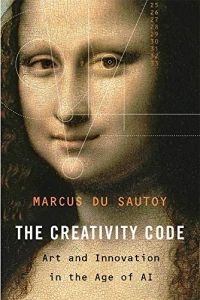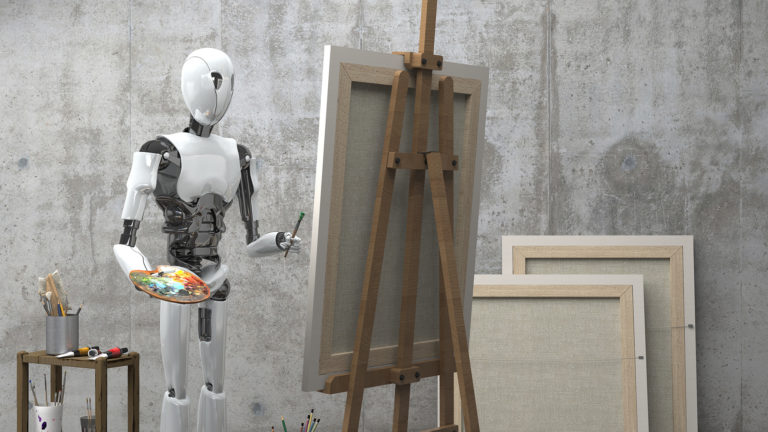Join getAbstract to access the summary!

Join getAbstract to access the summary!
Marcus Du Sautoy
The Creativity Code
Art and Innovation in the Age of AI
Belknap Press, 2019
What's inside?
A refreshingly hype-free and easy-to-understand assessment of AI’s current and future capacity for creativity.
Recommendation
Books about machine learning and AI have proliferated in recent years, creating their own genre. Many address fears of job loss and machines run amok; others celebrate AI as a mechanical savior. Marcus du Sautoy provides a hype-free assessment of AI’s current and future capacity for creativity. Not surprisingly, as an Oxford mathematician, he makes math as much the central character as creativity and machine learning. This will delight math geeks but for everyone else, Sautoy’s exploration of painting, poetry, creative writing and music will entertain and inform. Most refreshingly, he describes today’s advanced AI in terms any layperson can understand.
Summary
About the Author
Multiple award-winning mathematician, Marcus du Sautoy, teaches advanced mathematics at Oxford University in England. Sautoy has earned a reputation for being able to explain complex science and math to everyday people.


















Comment on this summary